Ready or not, here it comes:
- It appeared on the website: scholarblogs.emory.edu, and the article was titled: "The Best NFL Fans 2016: The Dynamic Fan Equity Methodology." The author was Michael Lewis, and he began with, "It's become a tradition for me to rank NFL teams' fan bases each summer. The basic approach … is to use data to develop statistical models of fan interest."
- Using his data "to develop statistical models of fan interest," Lewis came to the conclusion that Steelers' fans currently rank 18th in the 32-team NFL. The top five fan bases, according to Lewis' formula, are New England, Dallas, Denver, San Francisco, and Philadelphia. Also ranking ahead of the Steelers are Carolina, Indianapolis, Houston, San Diego, and the New York Jets.
- That is not a typo. The New York Jets.
- Anyway, Lewis explains that in past years the rankings have been determined by using two measures of engagement: Fan Equity and Social Media Equity. "Fan Equity focuses on home box office revenues (support via opening the wallet) and Social Media Equity focuses on fan willingness to engage as part of a team's community (support exhibited by joining social media communities)," writes Lewis.
- Lewis continues: "This year I have come up with a new method that combines these two measures: Dynamic Fan Equity (DFE). The DFE measure leverages the best features of the two measures. Fan Equity is based on the most important consumer trait – willingness to spend. Social Equity captures fan support that occurs beyond the walls of the stadium and skews towards a younger demographic. The key insight that allows for the two measures to be combined is that there is a significant relationship between the Social Media Equity trend and the Fan Equity measure. Social media performance turns out to be a strong leading indicator for financial performance."
- Sounds good, sure, but in the actual application of this, the Steelers ended up penalized in the rankings because their ticket prices are below the NFL average. If the Steelers charged more for their tickets, their fans would've been credited with a higher "willingness to spend."
- Imagine how much credit in the "willingness to spend" category would have been earned if the Steelers charged more for Terrible Towels? Because how many of those are in circulation?
- For me, this is an attempt to apply arithmetic to something that's not necessarily measurable with numbers. A conclusion can be reached, and there can be examples of those conclusions being accurate, but it doesn't tell the whole truth. Lewis admits as much when he writes, "In a strange statistical anomaly, the fact that the Steelers' ticket prices are low relative to the overall market actually hurts the team in this particular ranking methodology. In other words, Steelers fans would probably pay more, and thus move up in the rankings, if their ticket prices were higher than an average $84 apiece."
- Lewis points out the anomaly but then doesn't account for it when making the final rankings.
- What I know is that I have seen Steelers fans take over Texas Stadium in the late stages of a win over the Cowboys in 2004, and force the Washington Redskins' offense to utilize a silent count during a Monday Night game at FedEx Field in 2008. What I know is that I have attended games in Atlanta, in San Diego, in Mexico City, in countless other venues where Steelers fans have been more numerous or louder, or both.
- What I know is that I have attended many, many games on the road where the home team will give away a Terrible Towel knock-off to every fan passing through the gates and then hold instructions on when and how to employ said knock-offs during the game.
- What I know is that Steelers fans need no such instruction, and they pay for their Towels. And they own more than one, too.
- Next time Jets fans or Patriots fans or Cowboys fans or Broncos fans invade a road venue and force the home team's offense to go to a silent count, let me know. I'll pass it on to Lewis to add to his "methodology."
- During a recent appearance on "Mike & Mike," Coach Mike Tomlin was asked about how often he will attempt a two-point conversion after touchdowns this season. The Steelers led the NFL with 11 attempts in 2015, and they converted eight, which also led the league.
A list of all-time sack leaders for the Black & Gold.

5. Joey Porter (99-06) - 60 career QB sacks.

44 career QB sacks.

44 career QB sacks.

44 career QB sacks.

44 career QB sacks.

44 career QB sacks.

44 career QB sacks.

44 career QB sacks.
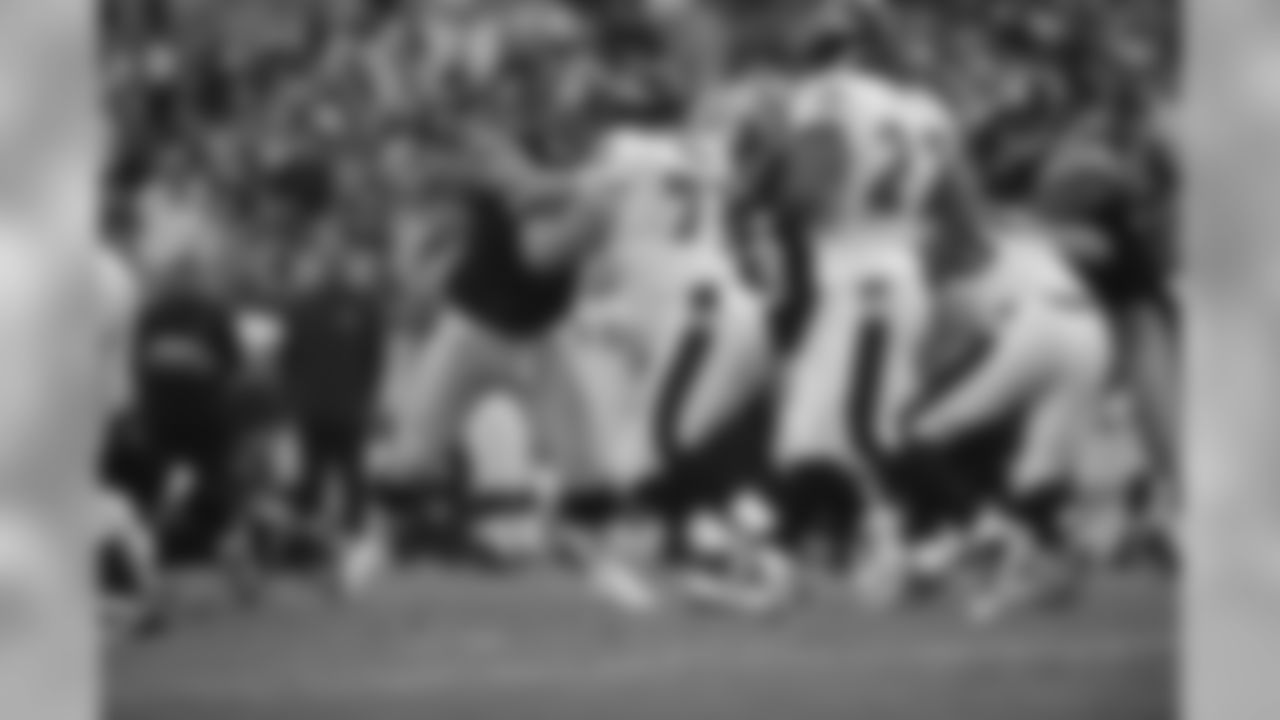
44 career QB sacks.

44 career QB sacks.

9. Dwight White (71-80) - 46 career QB sacks.

9. Dwight White (71-80) - 46 career QB sacks.

9. Dwight White (71-80) - 46 career QB sacks.

9. Dwight White (71-80) - 46 career QB sacks.

9. Dwight White (71-80) - 46 career QB sacks.

9. Dwight White (71-80) - 46 career QB sacks.

9. Dwight White (71-80) - 46 career QB sacks.
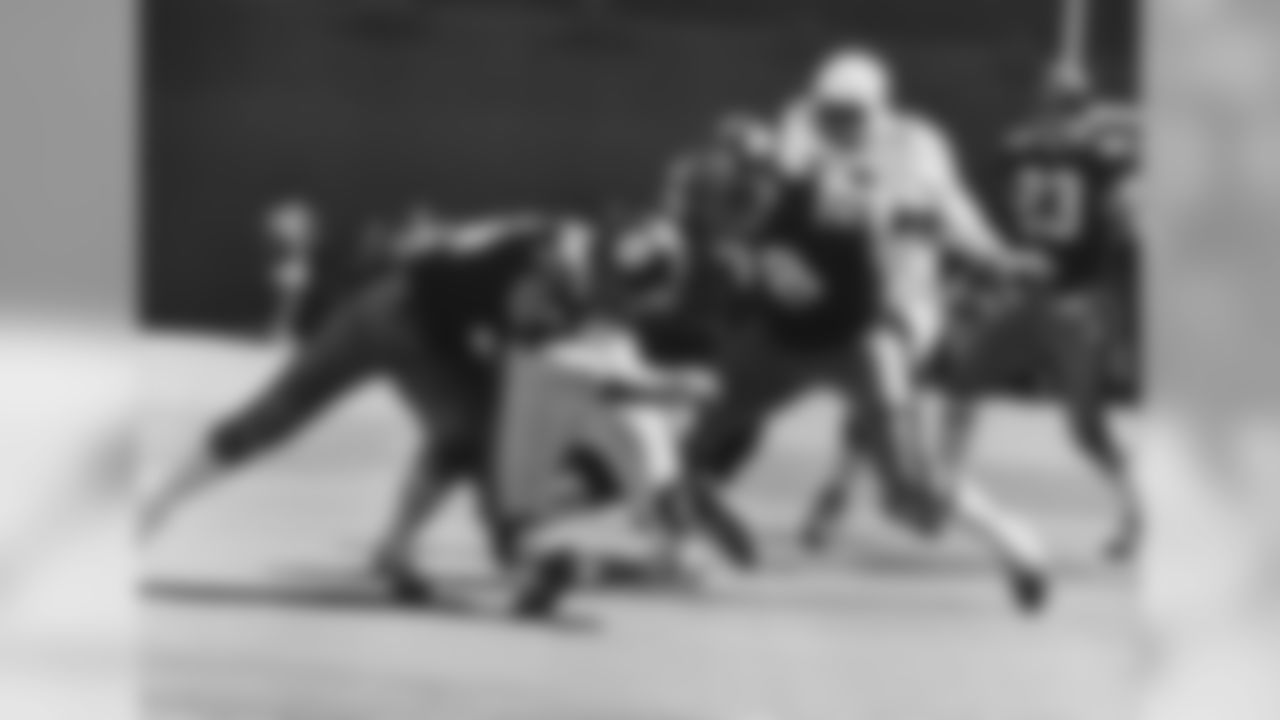
9. Dwight White (71-80) - 46 career QB sacks.

8. Greg Lloyd (88-97) - 53.5 career QB sacks.

8. Greg Lloyd (88-97) - 53.5 career QB sacks.

8. Greg Lloyd (88-97) - 53.5 career QB sacks.

8. Greg Lloyd (88-97) - 53.5 career QB sacks.

8. Greg Lloyd (88-97) - 53.5 career QB sacks.

8. Greg Lloyd (88-97) - 53.5 career QB sacks.

8. Greg Lloyd (88-97) - 53.5 career QB sacks.

8. Greg Lloyd (88-97) - 53.5 career QB sacks.
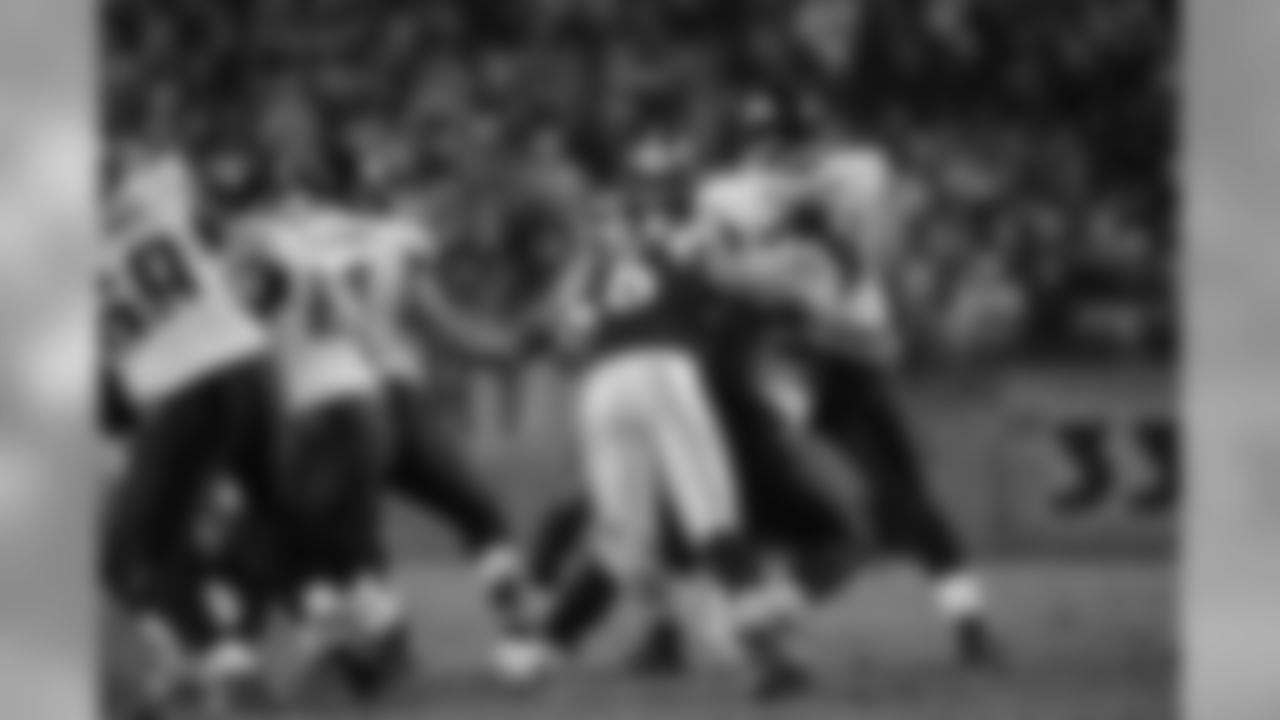
7. LaMarr Woodley (07-13) - 57 career QB sacks.

7. LaMarr Woodley (07-13) - 57 career QB sacks.

7. LaMarr Woodley (07-13) - 57 career QB sacks.

7. LaMarr Woodley (07-13) - 57 career QB sacks.

7. LaMarr Woodley (07-13) - 57 career QB sacks.

7. LaMarr Woodley (07-13) - 57 career QB sacks.

7. LaMarr Woodley (07-13) - 57 career QB sacks.

7. LaMarr Woodley (07-13) - 57 career QB sacks.
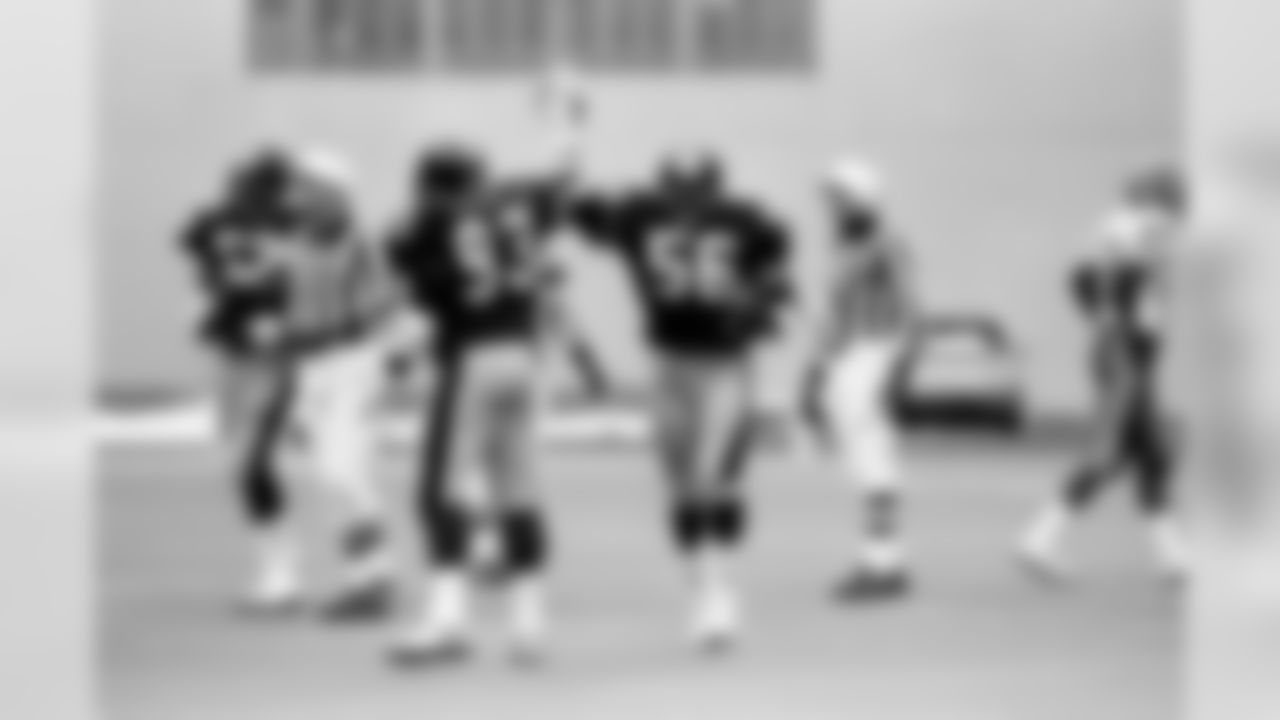
6. Keith Willis (82-87, 89-91) - 59 career QB sacks.

6. Keith Willis (82-87, 89-91) - 59 career QB sacks.

6. Keith Willis (82-87, 89-91) - 59 career QB sacks.

6. Keith Willis (82-87, 89-91) - 59 career QB sacks.

6. Keith Willis (82-87, 89-91) - 59 career QB sacks.

6. Keith Willis (82-87, 89-91) - 59 career QB sacks.

6. Keith Willis (82-87, 89-91) - 59 career QB sacks.

5. Joey Porter (99-06) - 60 career QB sacks.

5. Joey Porter (99-06) - 60 career QB sacks.

5. Joey Porter (99-06) - 60 career QB sacks.

5. Joey Porter (99-06) - 60 career QB sacks.
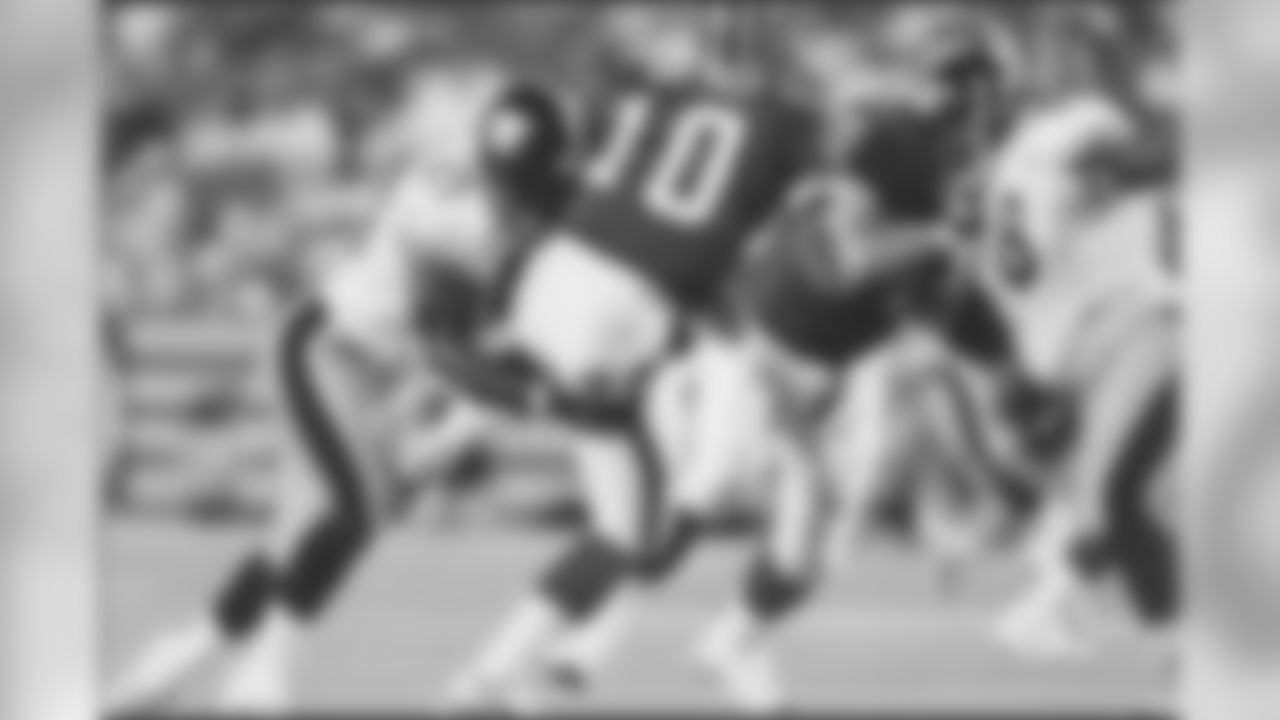
5. Joey Porter (99-06) - 60 career QB sacks.

4. Joe Greene (69-81) - 66 career QB sacks.

4. Joe Greene (69-81) - 66 career QB sacks.

4. Joe Greene (69-81) - 66 career QB sacks.

4. Joe Greene (69-81) - 66 career QB sacks.

4. Joe Greene (69-81) - 66 career QB sacks.

4. Joe Greene (69-81) - 66 career QB sacks.

4. Joe Greene (69-81) - 66 career QB sacks.

4. Joe Greene (69-81) - 66 career QB sacks.

4. Joe Greene (69-81) - 66 career QB sacks.
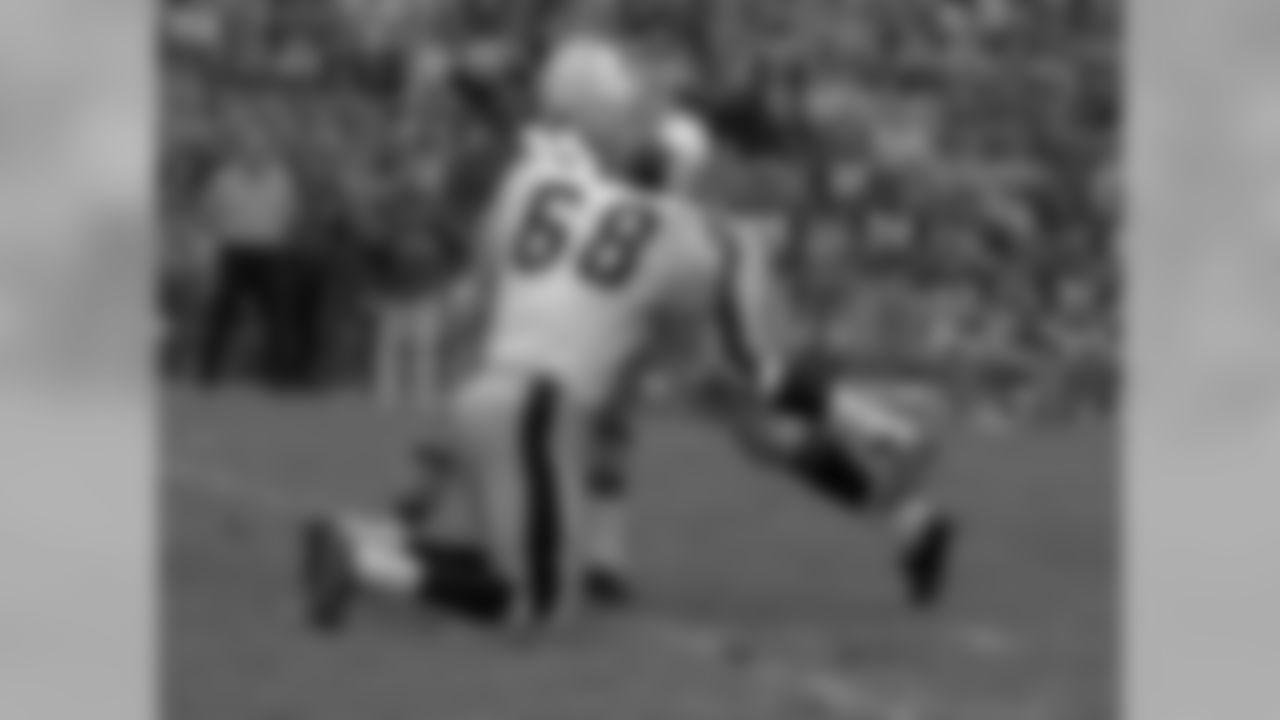
3. L.C. Greenwood (69-81) - 73.5 career QB sacks.

3. L.C. Greenwood (69-81) - 73.5 career QB sacks.

3. L.C. Greenwood (69-81) - 73.5 career QB sacks.

3. L.C. Greenwood (69-81) - 73.5 career QB sacks.

3. L.C. Greenwood (69-81) - 73.5 career QB sacks.

3. L.C. Greenwood (69-81) - 73.5 career QB sacks.

3. L.C. Greenwood (69-81) - 73.5 career QB sacks.

3. L.C. Greenwood (69-81) - 73.5 career QB sacks.

1. James Harrison (02, 04-12, 14-17) - 79.5 career QB sacks.

1. James Harrison (02, 04-12, 14-17) - 79.5 career QB sacks.

1. James Harrison (02, 04-12, 14-17) - 79.5 career QB sacks.

1. James Harrison (02, 04-12, 14-17) - 79.5 career QB sacks.

1. James Harrison (02, 04-12, 14-17) - 79.5 career QB sacks.

1. James Harrison (02, 04-12, 14-17) - 79.5 career QB sacks.

1. James Harrison (02, 04-12, 14-17) - 79.5 career QB sacks.

1. James Harrison (02, 04-12, 14-17) - 79.5 career QB sacks.

2. Jason Gildon (94-03) - 77 career QB sacks.

2. Jason Gildon (94-03) - 77 career QB sacks.
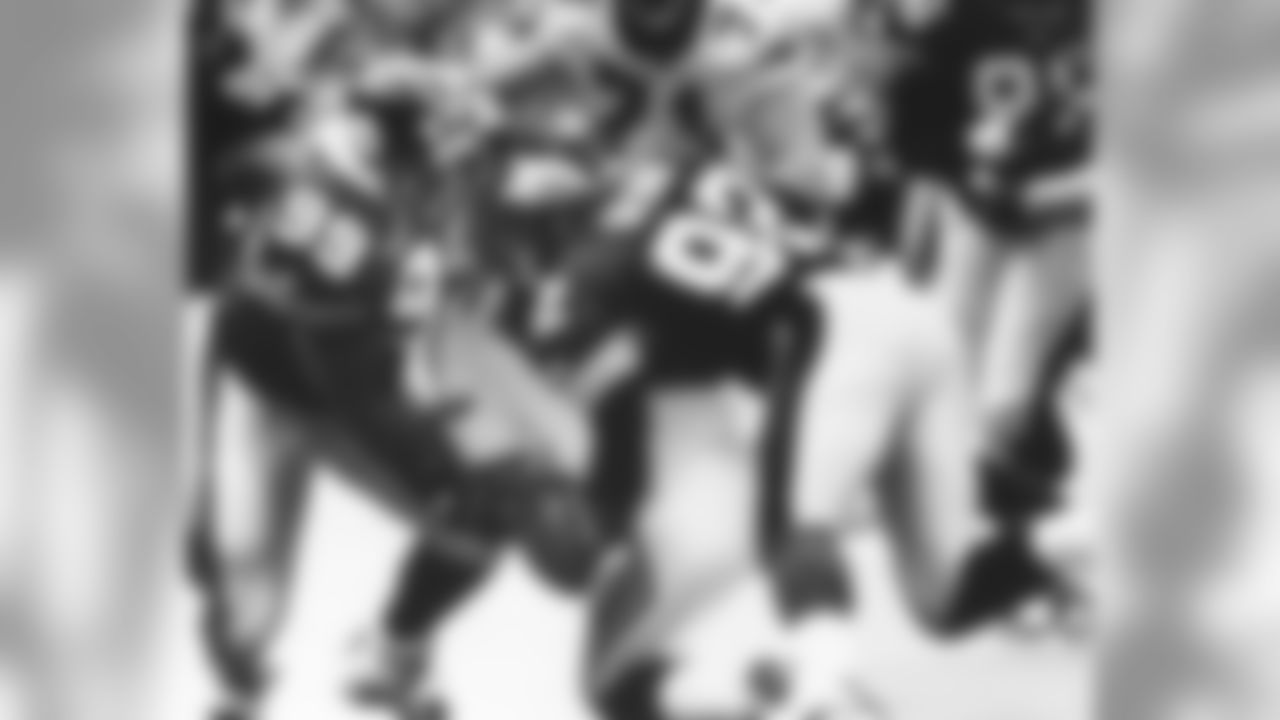
2. Jason Gildon (94-03) - 77 career QB sacks.

2. Jason Gildon (94-03) - 77 career QB sacks.

2. Jason Gildon (94-03) - 77 career QB sacks.

77 career QB sacks.

2. Jason Gildon (94-03) - 77 career QB sacks.

2. Jason Gildon (94-03) - 77 career QB sacks.
- "Our comfort with pursuing it is steeped in our preparation — it's part of our practice plan," Tomlin said. "Having Ben at the quarterback position increased our level of comfort. Because we spend a lot of time working on it, we feel comfortable on offense and defense in that situation."
- The "seven shots" drill opened every practice the Steelers held throughout 2015, and it was the same during OTAs and minicamp this offseason. Come July 29 at Saint Vincent College, fans in attendance for training camp practices can expect the same.
- As long as it remains a priority in the practice plan, it will be incorporated into the game plan. And as long as it remains a priority in the practice plan – supported by the complement of offensive talent on the roster – the Steelers will be good at it.
- Kevin Greene will be inducted into the Pro Football Hall of Fame on Aug. 6, and despite spending only three of his 15 NFL seasons in Pittsburgh, he asked to have his Hall of Fame ring presentation held at Heinz Field. His request was granted, and that will happen at halftime of the Oct. 2 game against the Kansas City Chiefs.
- During a recent interview, Greene said he left the Steelers when his initial contract with the team expired following the 1995 season because he wasn't interested in "riding the pine." The player waiting in the wings for that left outside linebacker spot was Jason Gilson, the Steelers' first pick in the third round of the 1994 draft.
- During his rookie season, Gildon gave the Steelers a hint of his pass-rush abilities during a Nov. 20 game at Three Rivers Stadium against Dan Marino and the Miami Dolphins. With the Dolphins holding a 10-6 lead over the Steelers in the fourth quarter and facing a third-and-8 from the Pittsburgh 9-yard line, Gildon beat All-Pro tackle Richmond Webb and sacked Marino for a 9-yard loss. Pete Stoyanovich followed by missing what became a 36-yard field goal attempt because of the sack, and the Steelers responded with a six-play, 73-yard touchdown drive that gave them a 13-10 lead. Pittsburgh eventually won, 16-13, in overtime.
- Greene proved definitively that he still had good football seasons left in him during his stints with the Carolina Panthers and San Francisco 49ers that followed his time in Pittsburgh, but in the mid-1990s the Steelers were stuck with a stadium deal in which they reaped no revenue except ticket sales. Their method of competing involved using the draft to consistently provide themselves with competent young talent, and in 1996 Gildon was a younger and cheaper alternative than Greene.
- Kevin Greene will be inducted into the Hall of Fame in a couple of weeks, and Jason Gildon still is the all-time franchise leader in sacks with 77, to go along with 11 fumble recoveries and three defensive touchdowns in his 10 seasons with the Steelers.
- That's how the Steelers operated during the free agency era before Heinz Field was built. That's how they had to operate. It wasn't perfect, but between 1993-2001, the Steelers made the playoffs six times, won five division championships, and one conference championship.
- It wasn't a perfect system, but for the times it was a successful one.














